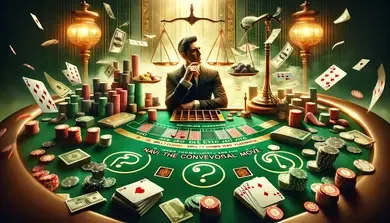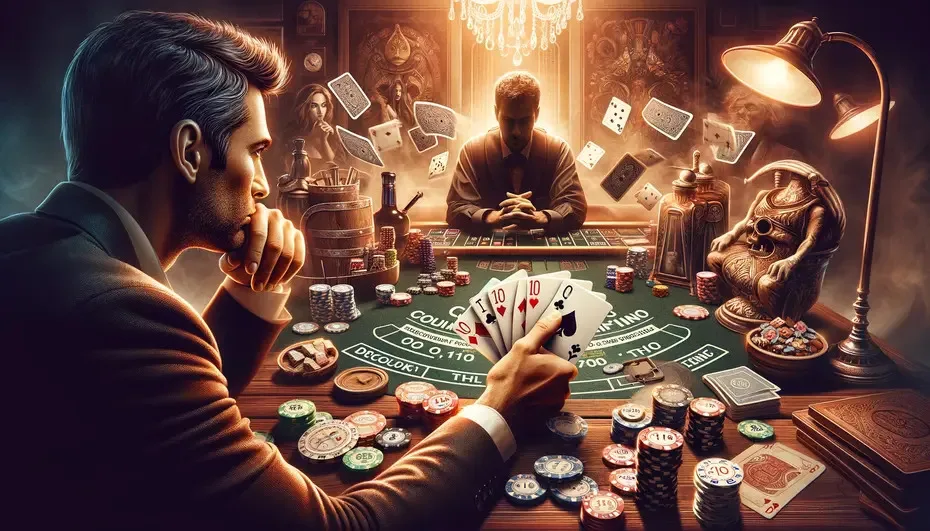
Navigating the Controversial Move: Splitting Tens in Blackjack
Blackjack, a game of skill, strategy, and a bit of luck, presents players with numerous decision-making opportunities, one of which is the choice to split pairs. At platforms like online casino Prank, where the digital dealer slides cards across the virtual felt, the dilemma of splitting tens becomes even more pronounced. This article delves into the intricacies of splitting tens, offering insights into what players should know before making this bold move.
What to Expect from a Split of Tens?
Splitting tens in blackjack—dividing a pair of 10-value cards into two separate hands—is a move that often sparks debate among blackjack aficionados. Conventional wisdom advises against it, primarily because a hand of 20 is strong and wins against the dealer the majority of the time. When you split tens, you’re gambling on the chance to double your winnings, hoping to draw another ten or an ace on each split hand to make two hands of 20 or 21. However, the risk is significant: not only might you not improve your hand, but you could end up with two weaker hands instead.
What to Expect from the End of Card Collection?
After deciding to split tens, the next cards drawn are crucial. The ideal scenario is receiving an ace or another ten-value card on each of your split hands. However, the probability of this happening isn’t guaranteed. If the subsequent cards significantly lower the strength of your hands, you may find yourself regretting the decision, as your original hand of 20 stood a great chance of winning. It’s a gamble that can sometimes pay off handsomely but often results in diminished returns.

Are There Any Exceptions?
While the general rule of thumb is to avoid splitting tens, exceptions can arise based on card counting or specific game situations. For example, if you’re an adept card counter playing in a land-based casino (a strategy less applicable in online platforms like Prank online casino due to the frequent shuffling of decks), and you know that the deck is rich in ten-value cards, the odds of landing a strong hand post-split increase. Another exception might be when you’re trying to maximize winnings in a particularly advantageous situation, such as when the dealer shows a weak upcard. Still, these scenarios are the exception rather than the norm.
Conclusions
The allure of potentially doubling one’s winnings by splitting tens in blackjack can be tempting, but it’s a strategy fraught with risk. The consensus among seasoned players and strategists is clear: the potential gains do not outweigh the risks. A hand of 20 is one of the strongest in blackjack, and tampering with it without a solid, data-backed reason can lead to unnecessary losses. Whether you’re playing at a physical table or enjoying a session at Prank online casino, the wisdom of holding steady with a pair of tens remains sound advice. In blackjack, as in all forms of gambling, knowing when to stick with what you’ve got is just as important as knowing when to take a risk.
